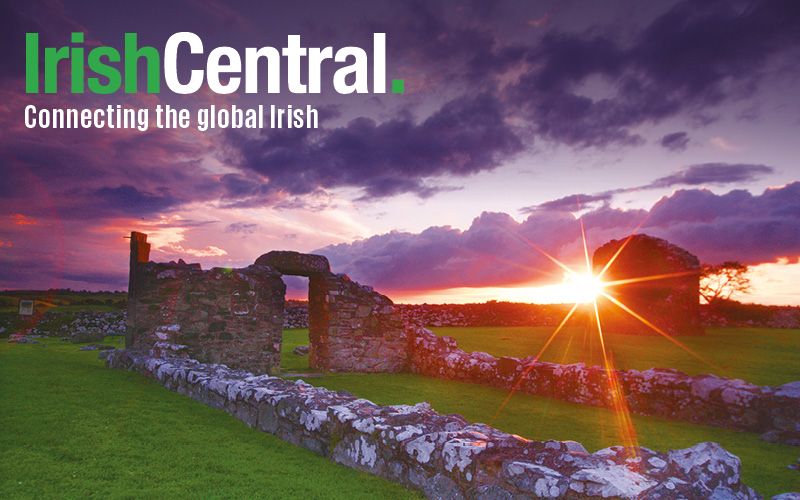As the years have passed, the number of people and organizations claiming credit for involvement in the Irish peace process has increased dramatically. There is an entire discipline in academic studies now aimed at understanding how the process happened.
I have heard dead people praised for their roles, organizations that only jumped in when it was very safe, individuals claiming credit, including many politicians who did little more than cheer-lead.
Facts are, many of the fine day soldiers had nothing to do with the white heat of the process when the fat was in the fire despite the claims.
Which is why it was such a pleasure to have lunch last week with 89-year-old Bill Flynn, former chairman and CEO of Mutual of America who most definitely played a huge role in the process.
Bill has absorbed health blows and personal tragedies since the days of the peace process, but his extraordinary optimism and sharp insights are there as much as they have ever been.
It is time to put the actual record straight. Bill Flynn had more to do with the huge breakthrough that the first Gerry Adams U.S. visa in 1994 brought about than almost anyone else.
Despite the fact that he was chairman of a major company, Flynn never spared in his efforts to bring peace to his ancestral land, the land where his folks came from – counties Down and Mayo.
He was a member of the Connolly House Five, as I was, the group that negotiated on behalf of the Clinton administration, though with no formal title or links (read Conor O'Clery's brilliant book "Daring Diplomacy").
Read more: Bill Flynn's Irish heritage
After one trip Bill Flynn, Ciaran Staunton – an Irish American activist and later my brother-in-law – and I gathered in a pizza place on Third Avenue as we wanted to stay out of Irish haunts. (Little did we know the pizza parlor was the hub of a Mafia drug-selling plot and everything said there was likely taped!)
The question was, what should the Connolly House group do next? The IRA had held a 10-day ceasefire during our most recent visit and we had to get the White House to reciprocate.
Question was, would we try for an envoy (who later became George Mitchell) or an Adams visa which had been turned down on several occasions.
We decided on the visa and that a prestigious invitation was necessary, not just from any Irish organization.
Flynn had the solution: a well known foreign policy think tank called the National Committee on American Foreign Policy which he chaired would extend the invitation.
Even better, he would book the Waldorf-Astoria Hotel and put a full page ad (which cost around $30,000) in The New York Times pushing the conference.
Nancy Soderberg, deputy national security advisor in the White House, said the invitation from the group was a huge factor in securing the visa, as was the full page ad.
I personally believe the issue was very finely balanced. The British, apoplectic with rage at Clinton, pulled every string to head off the visa. Secretary of State Warren Christopher threatened to resign, forming a massive counter effort which included the State Department, the FBI, CIA etc.
All looked won and lost on several occasions over that weekend in January 1994, and then came a big break, an editorial in The New York Times approving the idea of the visa and recalling America’s commitment to free speech to all.
Read more: Gerry Adams and the infamous n-word tweet – let’s put it in context
I was never off the phone and worried as hell, especially after a bogus British dirty tricks operation occurred when a British store in San Diego received a bomb threat, but Flynn was remarkably cool and calm throughout. It was that sense of calmness that always impressed me.
The visa finally came through and I told an astonished Adams who, with good reason, doubted it could be achieved.
Bill Flynn played the major role, let's not forget that. He deserves all our gratitude.
At age 89 his recall and insight on those life-changing events for Ireland remains perfect. He is a true Irish American hero.




Comments